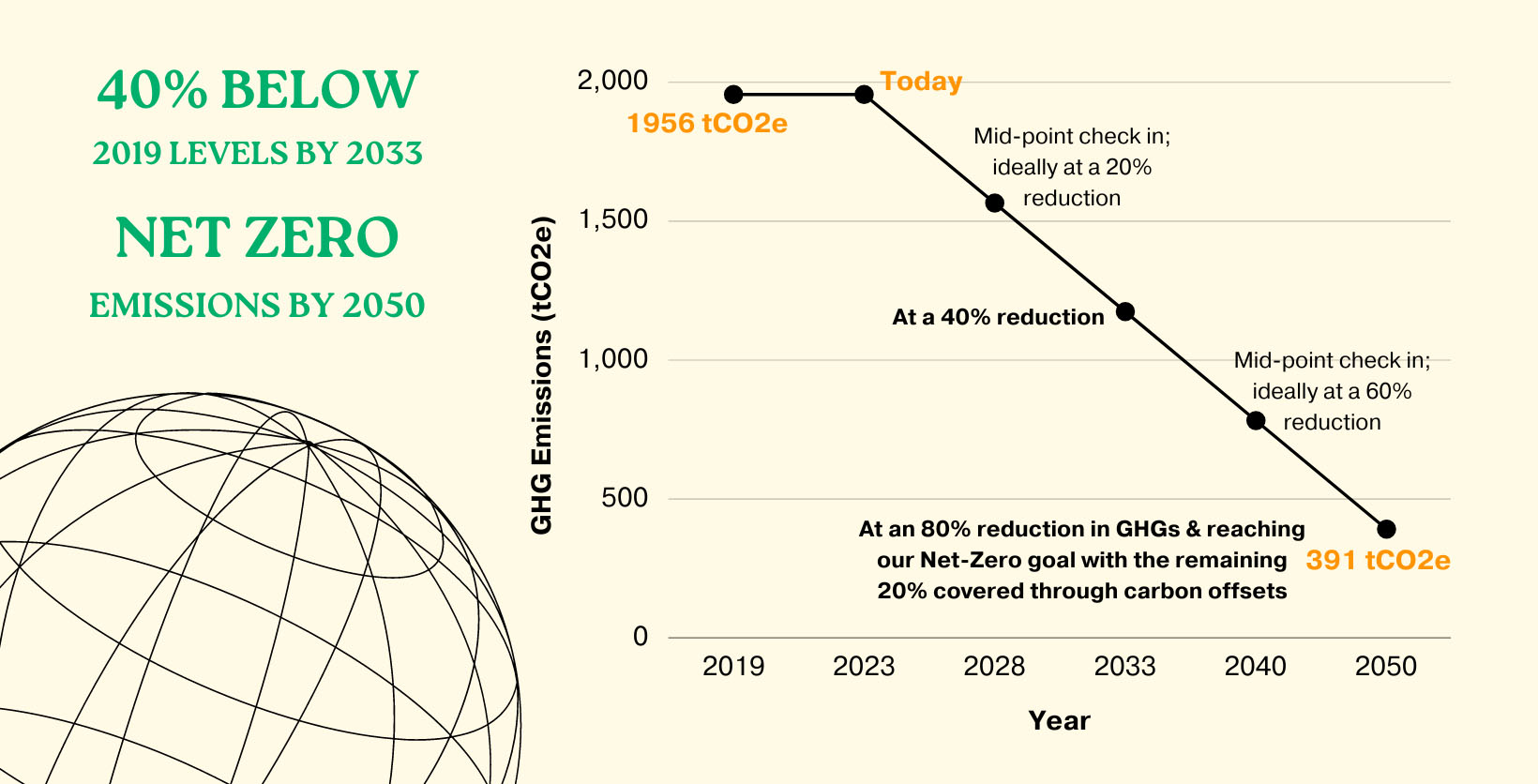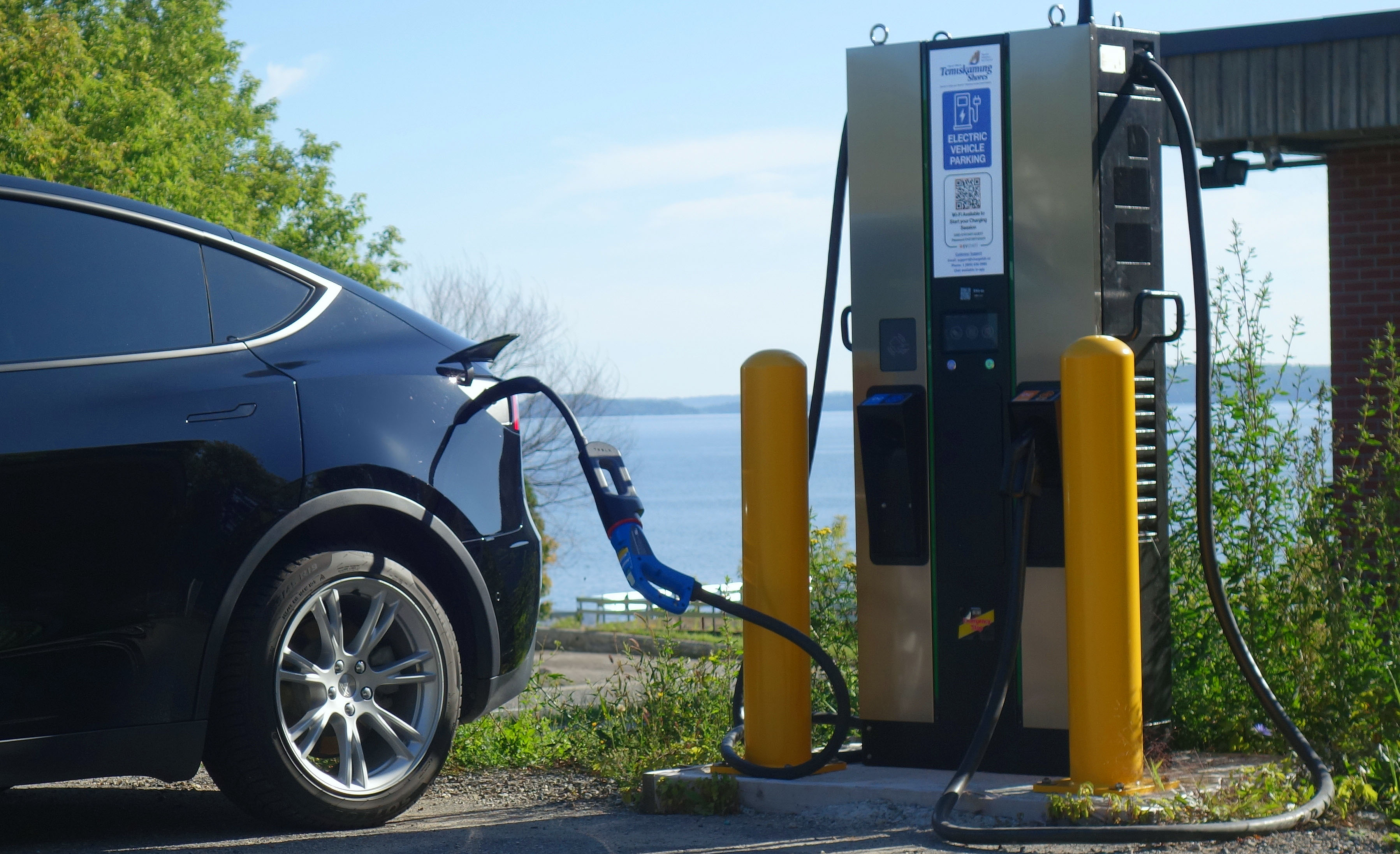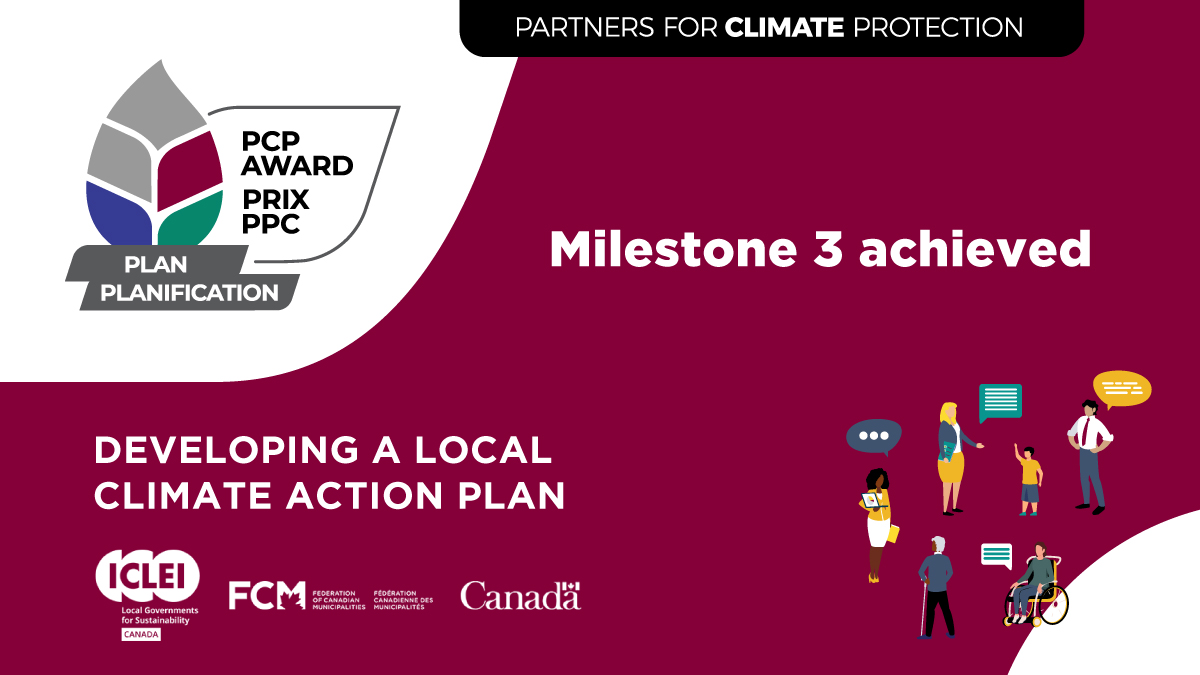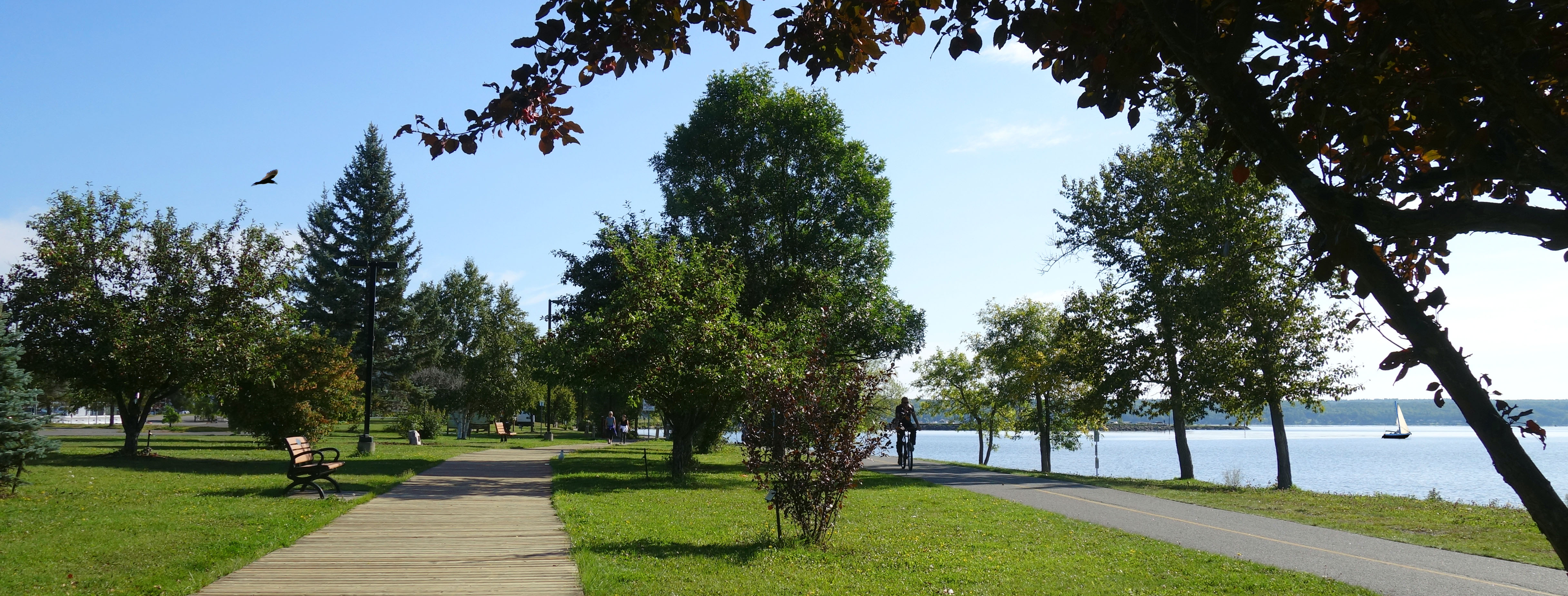A Sustainable Path Ahead
Focused Approach: Our corporate emissions breakdown reveals that the fleet (49.9%) and buildings (41.6%) drive emissions most. These sectors are key targets for reduction efforts due to their carbon-intensive fuel use. Other sectors like water facilities and streetlights rely on low-carbon electricity.
Leading the Change: We've pinpointed three core reduction programs to pave the way towards net-zero by 2050 - electrification, biodiesel fuel switching, and building decarbonization. These initiatives could yield an estimated 23% overall reduction. They're strategically chosen to target high-emission sectors, offer straightforward implementation, and cause minimal disruption to daily operations.
Achieving Goals within Reach: The feasibility of our reduction targets depends on available budget and staff resources. Despite challenges like high costs, we're identifying funding opportunities and expecting savings from reduced energy bills and operating expenses. Over time, the investment in emission reduction pays off financially.
Light-duty Fleet Electrification
This program considers the transition to all electric vehicles (EVs) in the City’s light-duty fleet over the span of 5 years. EVs present an initial cost challenge, but they offer long-term savings in operation and maintenance. This program will cut emissions, estimating reductions based on vehicle types and mileage.
Funding and Savings Strategy: Although EVs are pricier upfront, we're strategizing funding. Our fleet replacement plan will be adjusted, gradually increasing allocations. Grants, loans, and potential sources like the Federation of Canadian Municipalities and Government programs are being explored. We anticipate cost savings over time, reinvesting them to cover future EV expenses.
Impressive Results: This plan leads to remarkable emission reductions. Starting from a baseline of 59.72 tCO2e in year 0, by year 5, the program aims to bring emissions down to 2.35 tCO2e – a 96% reduction. Although this directly impacts only 6% of our total corporate vehicle emissions, it's a crucial step in preparing for a sustainable fleet future.
Action Timeline: We're set to launch this program in 2024, planning to complete it by 2029. As the light-duty fleet goes electric, we'll then explore EV opportunities for the medium and heavy-duty fleet, further advancing our green initiatives.
Fuel Switching to Biodiesels
In 2019, the city's diesel consumption reached nearly 297,000 liters, leading to over 803 tons of carbon dioxide equivalent (tCO2e) emissions. Biodiesel presents a more environmentally friendly alternative without needing extensive infrastructure changes.
Why Biodiesel? Most diesel vehicles can run on biodiesel, although there may be blend level limitations that require checking with manufacturers. It's not a permanent solution but offers a lower-carbon option until we can pursue more sustainable alternatives like electrification in the future.
Strategy and Potential Benefits: Following a similar approach to Toronto's successful biodiesel program, we plan to use different biodiesel blends throughout the year. This method resulted in 8.4%-12% annual GHG reduction in Toronto. We expect to see a 7%-10% reduction in emissions with a manageable expense within our budget.
Initiative Timeline
- 2025: Start testing biodiesel in a few vehicles.
- 2025-2027: Analyze biodiesel performance and slowly integrate its use into the fleet.
- 2027: If successful, biodiesel will be adopted in all diesel equipment.
This approach ensures a seamless transition, while also exploring eco-friendly options like electrification and optimization.
Building Decarbonization Projects
Our ambitious building decarbonization initiative aims to reduce emissions from city structures.
Selection Strategy: Based on GHG inventory, we've prioritized 8 buildings (Don Shepherdson Memorial Arena, Shelley Herbert-Shea Memorial Arena, Waterfront Pool and Fitness Centre, City Hall, Riverside Place, Dymond Complex, New Liskeard Public Works Main Garage, and Haileybury Public Works Garage). These buildings are the most GHG intensive and offer the greatest opportunities for decarbonization.
Decarbonization Study: In 2024, we'll conduct a study to understand how best to reduce emissions in these buildings, aiming for a 50% reduction in 10 years and an 80% reduction in 20 years. We expect a corresponding 15% and 23% reduction from our overall corporate baseline in 10 and 20 years, respectively.
Funding and Savings Plan: Funding is being pursued through the Green Municipal Fund's Community Building Retrofit Program. The cost savings from implemented measures could be used for further projects, aligning improvements with regular maintenance, without financial strain.
Expected Outcomes: The expected GHG reductions are 292 tCO2e in 10 years and 467 tCO2e in 20 years. This investment not only creates more efficient buildings but contributes to energy savings and a reduced carbon footprint.
Action Timeline
- 2024: Start developing decarbonization pathways.
- 2024-2034: Implement solutions for a 50% reduction.
- 2024-2044: Continue to an 80% reduction from the baseline.
- Post-2033: Reassess and plan for 2050 goals.
The building decarbonization effort is a key part of Temiskaming Shores' sustainable future, offering not only a pathway to greener buildings but also contributing significantly to the city's overall reduction in GHG emissions. By investing in this project now, we're setting ourselves up for long-term success in reducing emissions and saving costs.
View our full Corporate Greenhouse Gas Reduction plan by clicking the link below.
Corporate Greenhouse Gas Reduction Plan




